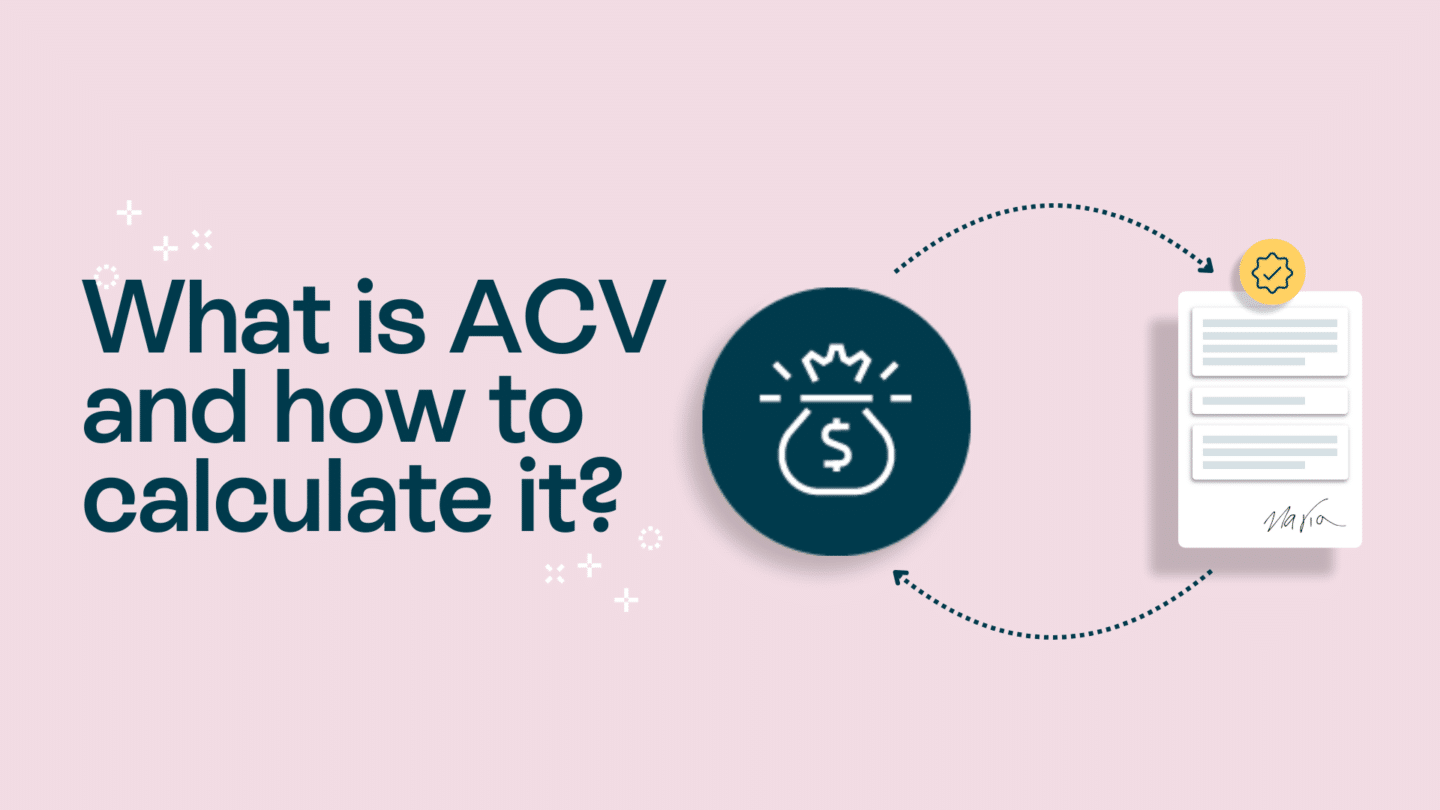Have you ever wondered how your bank verifies your signature so quickly? Or how legal documents can be authenticated with just a few strokes of a pen? The answer lies in a powerful piece of technology known as the signature scanner.
Understanding the basics of signature scanners
A signature scanner is a type of scanner designed specifically for the analysis and recognition of handwritten signatures. It uses a range of algorithms and pattern recognition techniques to turn the unique aspects of an individual’s signature into a digital format that can be stored and compared against future samples.
But how does a signature scanner actually work? When a signature is scanned, the scanner captures an image of the signature and then analyses it using advanced software. This software breaks down the signature into various components, such as stroke direction, pressure, and shape. It then creates a mathematical representation of the signature, known as a signature template.
The signature template is stored in a database along with other templates from different individuals. When a new signature needs to be verified, the scanner compares the template of the new signature with the templates in its database. If there is a match or a close similarity, the signature is considered valid.
Read also: What is a digital signature?

The importance of signature scanners
Signature scanners are instrumental in a variety of fields, from banking to legal procedures. They help enhance security, minimise forgery, and streamline authentication processes. With a signature scanner, time-consuming manual checks are significantly reduced.
In the banking industry, signature scanners play a crucial role in preventing fraudulent activities. By comparing signatures on checks or other financial documents against previously stored templates, banks can quickly detect any discrepancies or attempts at forgery. This not only protects the bank from financial losses but also ensures the safety and trust of their customers.
Similarly, in legal procedures, signature scanners simplify the authentication of important documents. By digitising signatures, lawyers and legal professionals can easily verify the authenticity of contracts, agreements, and other legal papers. This not only saves time but also reduces the risk of fraudulent claims or disputes.
Moreover, signature scanners have become increasingly important in government agencies and institutions. They are used for identity verification, ensuring that only authorised individuals have access to sensitive information or restricted areas. By comparing scanned signatures with stored templates, security personnel can quickly determine whether someone is who they claim to be.
Signature scanners have also found applications in retail environments. With the rise of electronic signature pads, customers can easily authorise credit card transactions by signing directly on the pad. The scanner captures and verifies the signature, providing a seamless and secure payment experience.
The inner workings of a signature scanner
How does this technology work? Let’s explore further.
A signature scanner is a fascinating piece of technology that plays a crucial role in various industries, including banking, security, and document management. It utilises advanced techniques to capture, analyse, and verify signatures, ensuring the authenticity and integrity of important documents. Let’s delve deeper into the inner workings of a signature scanner.
The scanning process
When a signature scanner begins its scanning process, it does more than just capturing the image of the signature. Depending on the type of scanner, it may also measure the speed, pressure, and rhythm of the person writing. These additional measurements provide valuable data that helps in determining the uniqueness and authenticity of the signature.
By capturing the speed at which the signature is written, the scanner can identify any irregularities or inconsistencies that may indicate forgery. Similarly, measuring the pressure exerted during the signing process can reveal subtle variations in the stroke thickness, adding another layer of security to the verification process.
Furthermore, the scanner analyses the rhythm of the signature, taking into account the timing and duration of each stroke. This information is crucial in distinguishing between genuine signatures and attempts to replicate them. By considering these intricate details, a signature scanner can accurately identify and authenticate signatures.
Read also: Why Oneflow is a contract automation platform for everyone

Signature recognition and verification
After the data is captured, the scanner utilises complex algorithms to analyse the signature and match it with the ones previously stored in its database. The use of machine learning and artificial intelligence technologies significantly enhances the accuracy and reliability of this process.
Machine learning algorithms enable the signature scanner to continuously learn and adapt to new patterns and variations in signatures. This adaptive capability allows the scanner to detect subtle changes in a person’s signature over time, accommodating natural variations while maintaining a high level of security.
Artificial intelligence algorithms play a vital role in the verification process by comparing the captured signature with a vast database of known signatures. These algorithms can quickly identify similarities and dissimilarities, enabling the scanner to make an informed decision regarding the authenticity of the signature.
Moreover, signature scanners often employ advanced techniques such as pattern recognition, feature extraction, and statistical analysis to further enhance the accuracy of the verification process. These techniques enable the scanner to identify unique characteristics of each signature, such as specific curves, loops, or angles, aiding in the identification of forged or fraudulent signatures.
Different types of signature scanners
Did you know that there are different types of signature scanners? Yes, technology is surprising!
Static signature scanners
Static signature scanners, otherwise known as off-line scanners, analyse the visual image of a signature. They are typically used in banking, retail, and legal services.
Dynamic signature scanners
Dynamic signature scanners, on the other hand, not only analyse the visual aspect but also the behavior of the signer such as speed, rhythm, pressure, and more. They provide a higher level of security but are more expensive to implement.
Read also: How to make a digital signature secure and safe?

Applications of signature scanners
From routine banking transactions to high-stakes legal proceedings, signature scanners play an invaluable role in our daily lives.
Business and banking sector
In the business and banking sectors, signature scanners are used for verifying checks, authorising transactions, and validating contracts. They help to maintain the security, authenticity, and integrity of vital financial processes.
Legal and government use
Legal and government bodies use signature scanners to authenticate various documents, including passports, driving licenses, contracts, and more. This quick, efficient method streamlines administrative procedures and enhances security.
The future of signature scanning technology
The exciting field of signature scanning technology is rapidly advancing. But what does the future hold?
Advancements in signature recognition
Improvements in artificial intelligence and machine learning technologies are continuously enhancing the accuracy and speed of signature recognition. This is enabling the implementation of signature scanners in more industries and applications.
Potential challenges and solutions
Despite the increasing use of signature scanners, there are challenges that need to be addressed, like dealing with forgeries and ensuring the privacy of personal information. But with ongoing research and development, effective solutions are likely to emerge in the not-so-distant future.
Indeed, the realm of signature scanning is fascinating. As technology continues to evolve, who knows what the future of signature scanning holds?







